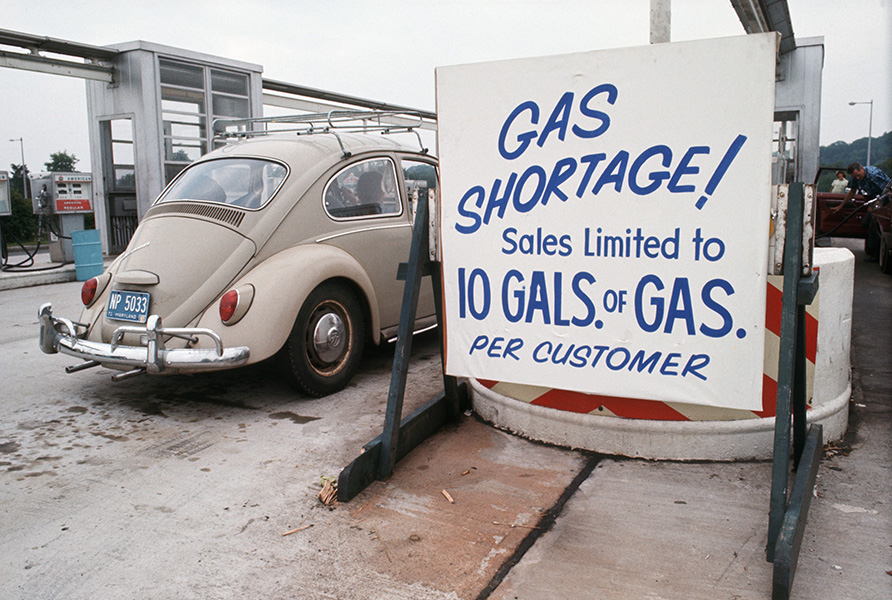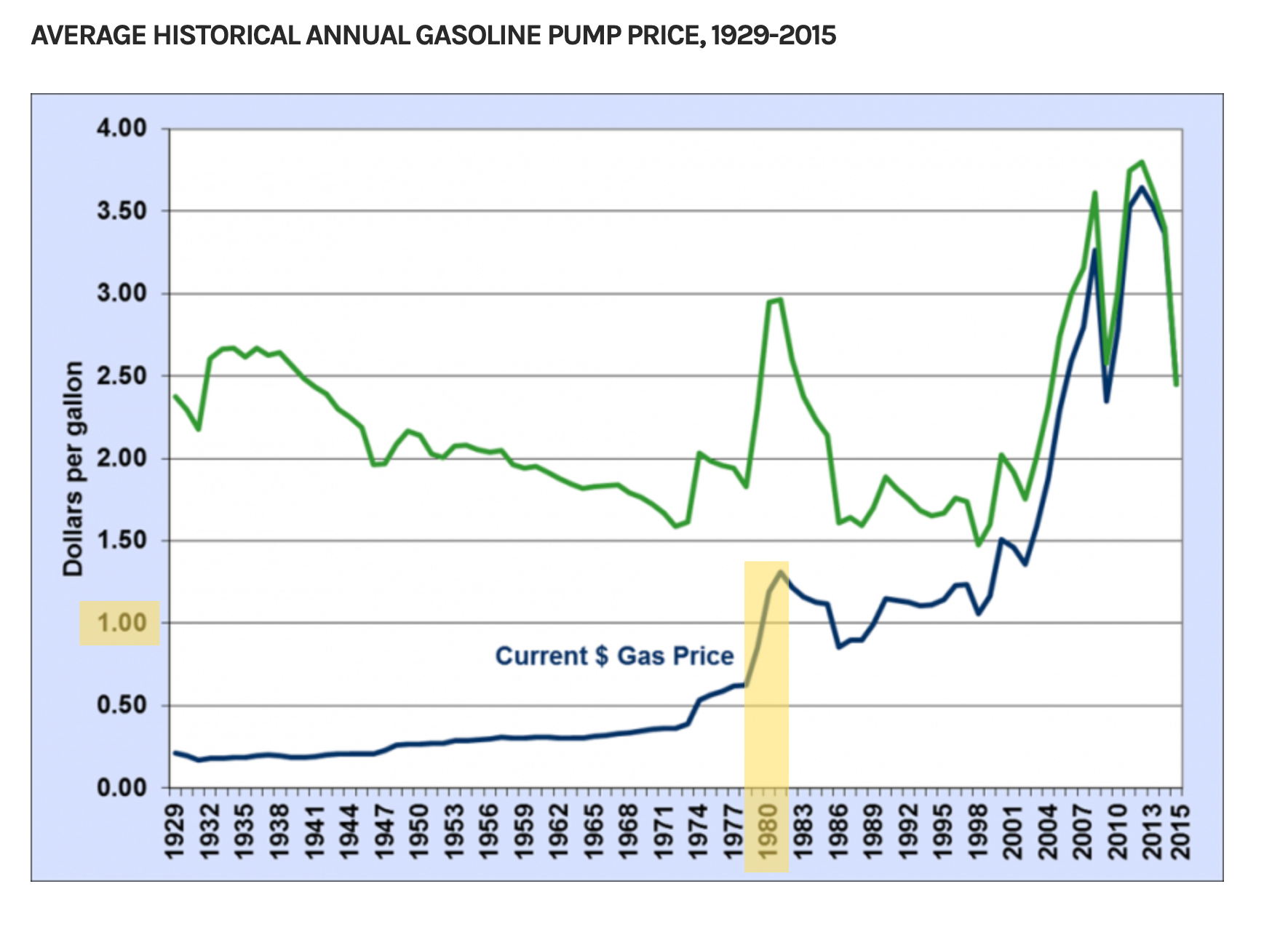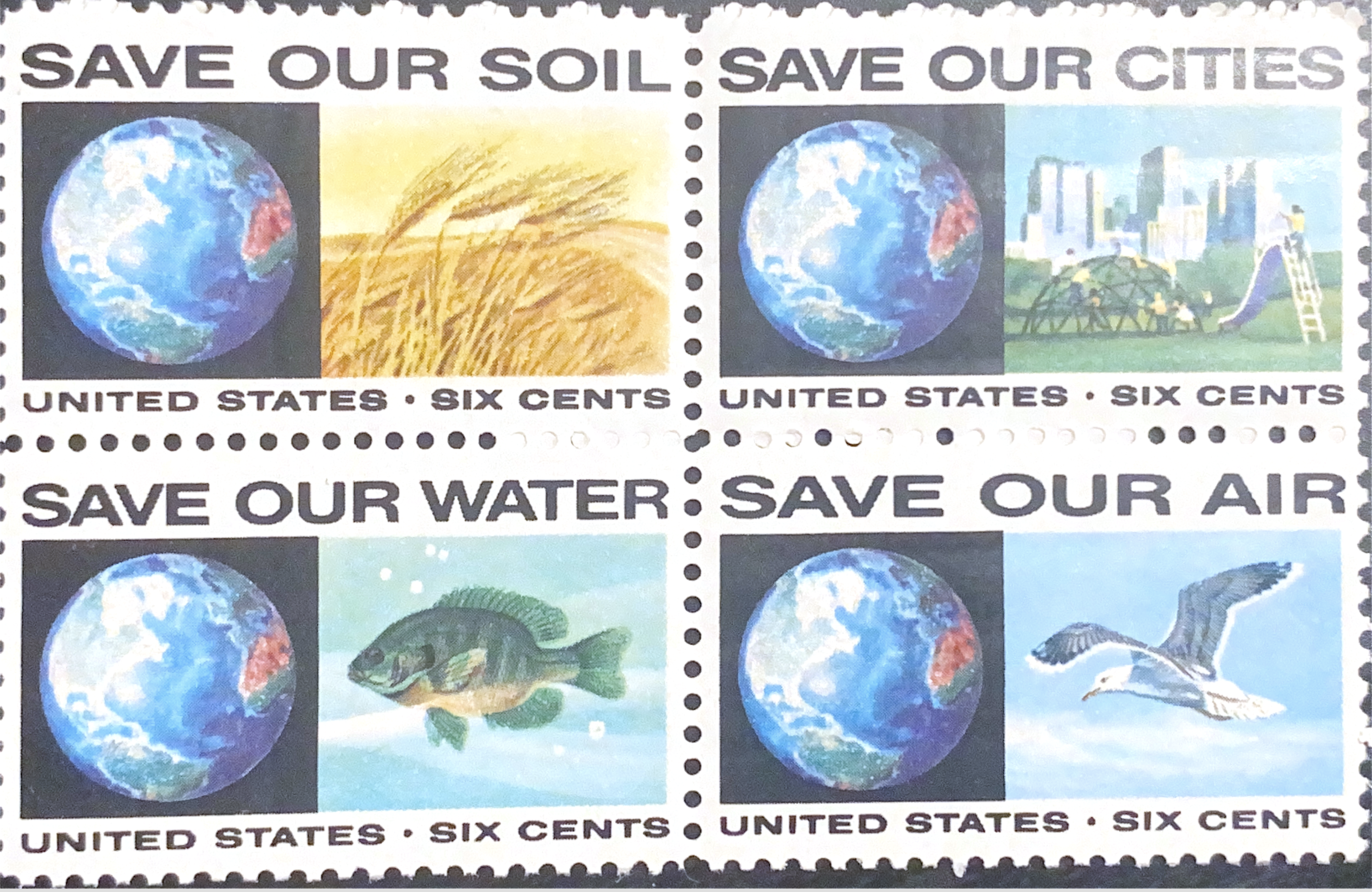The American Energy Crisis of the 1970s: The Dawn of the Green Commute
Posted on by Isabelle Brown
The 1970s were a time riddled with uncertainty (and questionable fashion trends) for the average American. The decade was marked by various challenges resulting in profound changes to US politics, societal norms, and the nation's economy.
With daily life changing amidst so many global conflicts came the OPEC Oil Embargo of 1973. This sanction weaponized energy in a way that would cause immediate economic detriment to the US and other nations affected by the embargo.
In short, the United States was cut off from Middle Eastern oil-producing nations that had come to make up the majority of our nation’s energy. This sudden and sharp reduction in oil supply significantly impacted national gas prices, inflation rates, and daily life for Americans.
American Life During the Oil Embargo of 1973

While this embargo only lasted one year, the impacts were persistent. Energy consumption was now considered more thoughtfully than ever before. The only way to move forward was to restrict oil and energy usage, most notably in the transportation sector. “Gas guzzler” automobiles were no longer selling. A national speed limit of 55 mph was imposed in 1974 through the Emergency Highway Conservation Act. Weekend driving was restricted. Gas stations were instructed to ration their supply by halting sales on certain days/times.
Fuel conservation and energy efficiency were at the forefront of the minds of every commuter and homeowner in the US. If a parent has ever nagged you to “turn out the lights when you leave a room,” it comes from this inter-generational experience. State governments even urged people not to hang Christmas lights to conserve energy.
Through these changes in American life came more focus on alternate energy sources, and similarly, alternate modes of transportation.
Impact on Commuting
As oil prices soared and fuel remained scarce, commuting patterns in the United States changed dramatically. The dependency on personal vehicles and heavy automobiles became financially burdensome for many Americans. Commuters faced long lines at gas stations, rationing of fuel, and regional shortages.
The 1970s prompted a wide interest in alternate modes of commuting, like carpooling and public transportation. Ridesharing was gaining popularity as people collaborated to share rides, reducing the number of individual vehicles on the road and gasoline used.
The Oil Shock of 1979
As if America needed more financial strain, the year 1979 brought a similar air of uncertainty, fear, and oil scarcity to families in the US. The Oil Shock of 1978-79 more than doubled oil prices in the US and disrupted daily life in extreme ways.
This oil shock only solidified the idea that we needed to diversify our energy sources and transportation sector.
Enter: The Rideshare Company.
The Beginnings of Rideshare
Though carpooling and ridesharing emerged in the 1940s to save rubber, gas, and wear-and-tear on vehicles during World War II, the rideshare boom of the 1980s was backed by a dire need to reduce fuel usage. This demand for green commute modes is how organizations like ours came to be.

In 1980 as gas prices exceeded $1/gallon for the first time in American history, commuters coast to coast were struggling to drive their vehicles as little as possible while still getting to work and school.
Here in Connecticut, Governor Ella Grasso joined forces with several area corporation leaders and created ridesharing companies throughout the state to take action and help commuters. It didn’t take long for our humble beginnings as The Rideshare Company to grow in scale, creating thousands of carpools and hundreds of vanpools in our first few years in service.
Embracing Energy Conservation
Sharing the ride to conserve gas became a necessary part of life for many American commuters. This period in US history saw drastic changes to the auto industry, with more fuel-efficient compact cars manufactured overseas overtaking consumer demand. Our country was adapting to the turbulent world around us and making efficient, greener choices—Just like now, with the emergence of electric vehicles while we learn to combat climate change.
The evolution of efficient transportation was strengthened by a number of government policies, campaigns, and energy conservation initiatives in response to the two related oil crises, like:

-
President Nixon’s national speed limit law
-
The emergence of High Occupancy Vehicle (HOV) lanes
-
The creation of the Department of Energy
-
The Gas Guzzler Act under the Energy Tax Act, placing a tax on the sale of new cars with particularly poor fuel economy to discourage the production of such vehicles.
Learning from History
The American energy crisis of the 1970s acted as a pivotal turning point, creating a transformative shift in the nation's approach to energy consumption and transportation. Through global conflict and national crisis came a revolution in the way the US commuted and conserved energy.
Less obvious than the shortage of gas was the profound shift in societal ideals and consciousness. The widespread adoption of carpooling and ridesharing demonstrated the power of collective action in response to adversity that we have seen time and time again throughout American history.
We are proud to have played a role in the awakening of rideshare and conservation when our nation needed it.
As Mark Twain has said: “History doesn’t repeat itself, but it often rhymes.” Over the last three years, we have seen historically high gas prices throughout the country. Our global community continues to navigate challenges and pursue a greener future with the lessons of the 1970s guiding us toward innovative solutions in the transportation sector.
Learn more about our impact in the American Energy Crisis of the 1970s in our video: The Original Rideshare.
